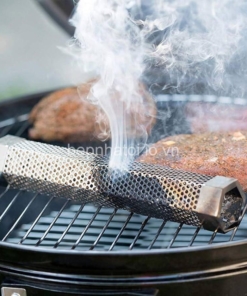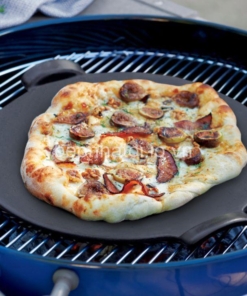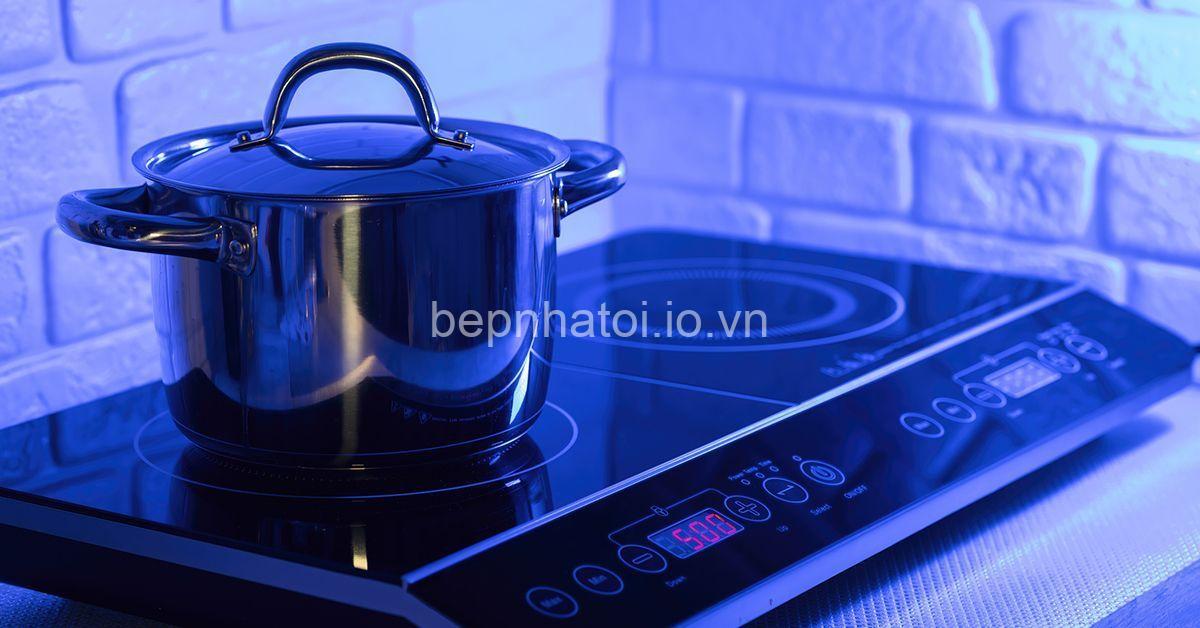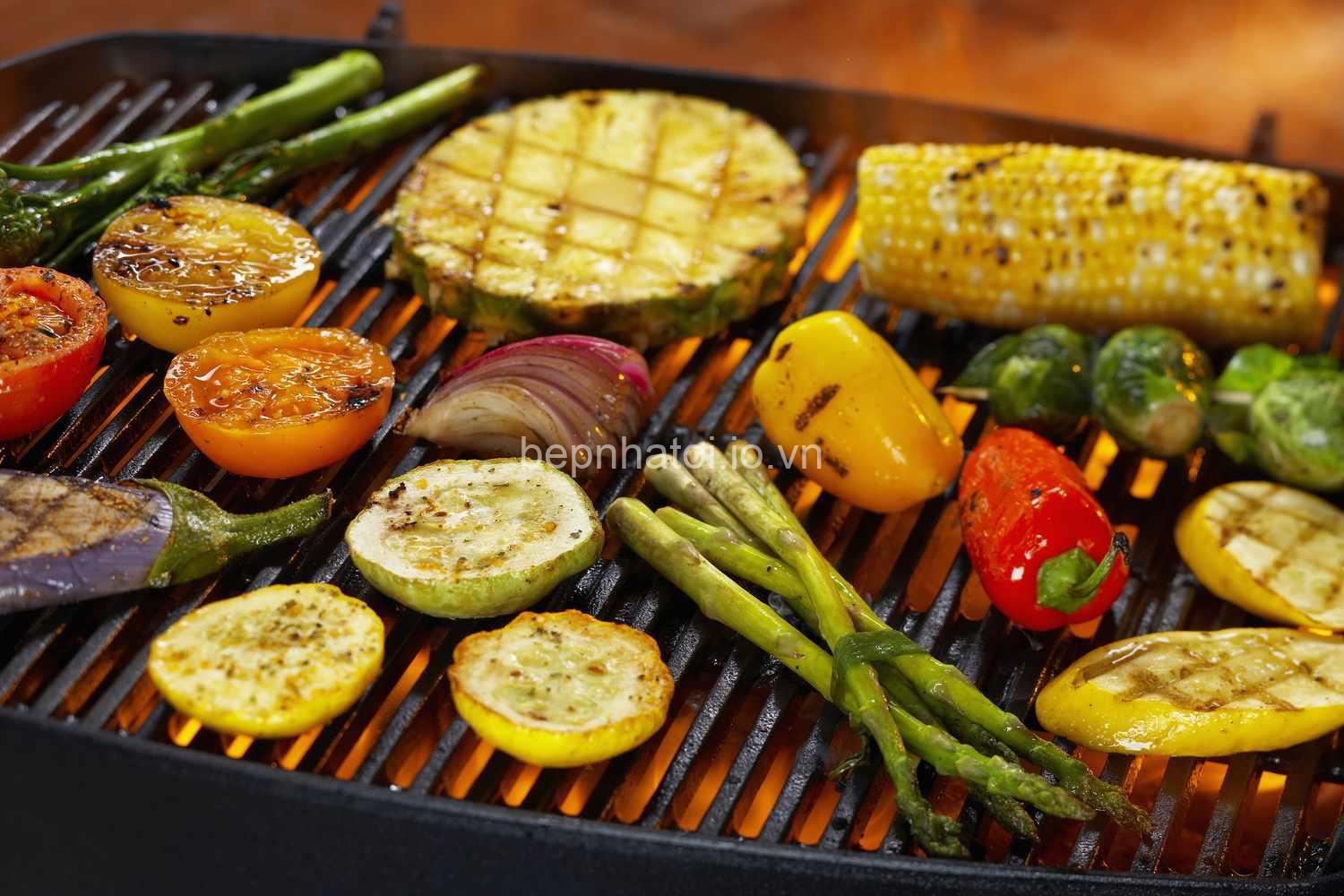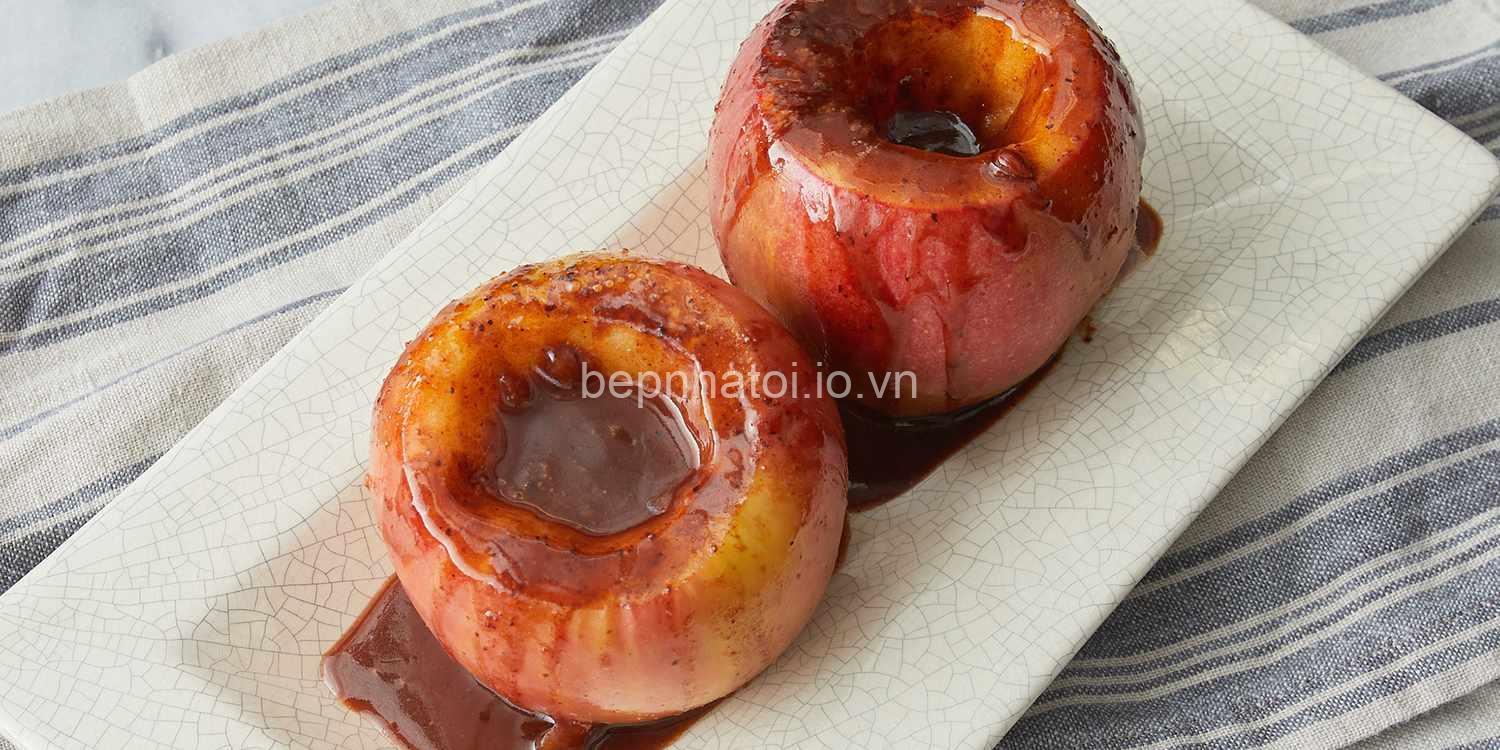Description
What are Heat Resistant Mats and Why Should You Use Them?
Heat resistant mats are essential tools for protecting surfaces from heat damage caused by hot objects like pots, pans, irons, or soldering tools. They are typically made of materials like silicone, ceramic, or glass fiber, which are known for their high heat resistance. These mats are designed to provide a barrier between your surface and the heat source, preventing burns, scorches, and even melting.
So why should you use them? Well, there are plenty of reasons:
-
Protection from Heat Damage: Heat resistant mats are your first line of defense against heat-related damage. They prevent scorching on countertops, tabletops, and other surfaces that come into contact with hot objects. Imagine the peace of mind knowing your beautiful countertop is safe from accidental spills or hot cookware.
-
Versatility: Heat resistant mats are incredibly versatile and can be used in various settings. Whether you’re in the kitchen, workshop, or even office, these mats can protect your surfaces from heat damage.
-
Safety: Using heat resistant mats significantly reduces the risk of burns or accidents caused by hot objects. They provide a safe and secure way to handle and place hot items, preventing potential injuries.
-
Aesthetic Appeal: Some heat resistant mats are designed to complement the aesthetic of your kitchen or workspace. They can add a touch of elegance and style to your space while providing essential protection.
Different Types of Heat Resistant Mats
Now that you understand the importance of heat resistant mats, let’s delve into the different types available.
-
Silicone mats: Silicone mats are a popular choice due to their flexibility, durability, and ease of cleaning. They can withstand temperatures up to 400°F (204°C) and are often used for kitchen tasks like baking, cooking, and protecting countertops. However, they may be prone to staining, and their heat resistance is limited for very high temperatures.
-
Ceramic mats: Ceramic mats are renowned for their high heat resistance, often reaching temperatures up to 500°F (260°C). They are durable, non-stick, and perfect for use with hot pots and pans. However, they are less flexible than silicone mats and can be heavier.
-
Glass fiber mats: Glass fiber mats are incredibly thin and flexible, making them ideal for various applications. They offer exceptional heat resistance, often exceeding 1000°F (538°C), and are particularly useful for crafts, workshops, and industrial settings. However, they are not as durable as other materials and may fray over time.
-
Other materials: While less common, other materials like cork, wood, and bamboo can also be used for heat resistant mats. These offer a natural and sustainable option, but their heat resistance and durability may vary depending on the specific material and construction.
Choosing the Right Heat Resistant Mat for Your Needs
Selecting the perfect heat resistant mat involves considering several important factors:
-
Heat Resistance: The temperature rating of the mat is crucial. Ensure it can withstand the temperatures you will expose it to. For example, a kitchen mat needs to resist the heat of a stovetop, while an ironing board mat should be able to handle the heat of an iron.
-
Size and Shape: Choose a mat that fits the application. A large mat is ideal for protecting a countertop, while a smaller mat might be sufficient for a hot pot or pan. The shape should also be considered, with rectangular mats being common for kitchens and round mats suitable for coasters or crafts.
-
Material: Think about the advantages and disadvantages of silicone, ceramic, and glass fiber based on your specific needs. If you need a flexible and easy-to-clean option, silicone is a good choice. For high heat resistance, ceramic mats excel. Glass fiber is ideal for thin, flexible, and affordable mats.
-
Thickness: The thickness of the mat influences its heat resistance and durability. Thicker mats offer greater protection but can be less flexible.
-
Slip Resistance: A non-slip surface is crucial, especially in the kitchen, where hot pots and pans could easily slide and cause accidents.
-
Cleaning: Choose a mat that is easy to clean. Look for dishwasher-safe options or mats that can be easily wiped clean with a damp cloth.
Top Recommended Heat Resistant Mats
There are many excellent heat resistant mats available, and the best choice depends on your specific needs.
Here are some recommendations for different applications:
-
High-Temperature Applications: For ovens, grills, and high-heat soldering, you’ll need mats with exceptional heat resistance. Look for glass fiber or ceramic mats with temperature ratings exceeding 500°F (260°C).
-
Kitchen Countertop Use: For everyday kitchen tasks, silicone or ceramic mats are excellent options. Choose a mat with a non-slip surface and appropriate size for your countertop.
-
Workshop and Industrial Use: For workshops and industrial settings, glass fiber mats are often the preferred choice. Look for thin, flexible, and durable mats with high heat resistance.
-
General-Purpose Use: For coasters, desk pads, or craft projects, consider mats with a wide temperature range, good durability, and a stylish design.
Using and Caring for Your Heat Resistant Mat
To ensure your heat resistant mat provides optimal protection and longevity, follow these guidelines:
-
Proper Placement and Use: Always place the mat on a clean, dry surface. Avoid placing hot objects directly on the mat’s edge, as this can cause warping or damage.
-
Cleaning and Maintenance: Regular cleaning is essential. Most heat resistant mats are dishwasher safe, but check the manufacturer’s instructions. For non-dishwasher-safe mats, you can wipe them down with a damp cloth and mild detergent.
-
Storage: When not in use, store the mat in a cool, dry place, away from direct sunlight or heat sources.
Close Entities: Exploring Similar Products
While heat resistant mats are a great solution, there are other related products that can also be helpful. These include:
-
Oven Mitts: Oven mitts are designed to protect your hands from heat while handling hot cookware. They are essential for safely removing items from the oven or grabbing hot pots and pans.
-
Trivets: Trivets are small, raised platforms that can be used to elevate hot pots and pans, providing a heat-resistant surface for your table or countertop.
-
Hot Pads: Hot pads are smaller, flexible mats that are primarily used for handling hot dishes or pots. They are often made of fabric or silicone and offer a secure grip.
-
Potholders: Potholders are similar to hot pads, but they are thicker and often have a quilted construction for added heat insulation. They are ideal for handling extremely hot items.
These products complement heat resistant mats, providing additional protection and safety for different applications.
Safety Tips for Handling Heat
Always exercise caution when handling hot objects. Here are some essential safety tips:
- Use heat resistant mats or similar protective gear whenever possible.
- Never leave hot objects unattended.
- Keep children and pets away from hot objects.
- Use caution when opening ovens or microwaves, as steam can cause burns.
- Always wear oven mitts when handling hot cookware.
Where to Buy Heat Resistant Mats
You can find heat resistant mats at many local stores, including kitchen supply stores, hardware stores, and department stores. You can also purchase them online from various retailers. For the best selection and quality, visit bepnhatoi.io.vn – your trusted source for electrical and plumbing products.
FAQ about Heat Resistant Mats
What temperature can heat resistant mats withstand?
The temperature resistance of heat resistant mats varies depending on the material. Silicone mats generally withstand temperatures up to 400°F (204°C), while ceramic mats can reach up to 500°F (260°C). Glass fiber mats are the most heat-resistant, often exceeding 1000°F (538°C).
How do I clean a heat resistant mat?
Most heat resistant mats are dishwasher safe, but always check the manufacturer’s instructions. For non-dishwasher-safe mats, you can wipe them down with a damp cloth and mild detergent.
Are heat resistant mats safe for use on the stovetop?
Yes, heat resistant mats are safe for use on the stovetop, but only if they are specifically designed for that purpose. Ensure the mat has a high enough temperature rating and a non-slip surface.
Can I use a heat resistant mat for ironing?
Yes, you can use a heat resistant mat for ironing, but it is essential to select a mat with a high enough temperature rating to handle the heat of your iron.
Conclusion
Heat resistant mats are an essential tool for protecting your surfaces and ensuring safety in the kitchen, workshop, or any other setting. By understanding the different types of mats, their features, and how to choose the right one for your needs, you can make informed decisions and protect your surfaces from heat damage.
To learn more about heat resistant mats and other electrical and plumbing products, visit bepnhatoi.io.vn! Share your thoughts on heat resistant mats in the comments below, and don’t forget to share this article with your friends and family.

